Cuba’s Pre-Revolution U.S. Cars
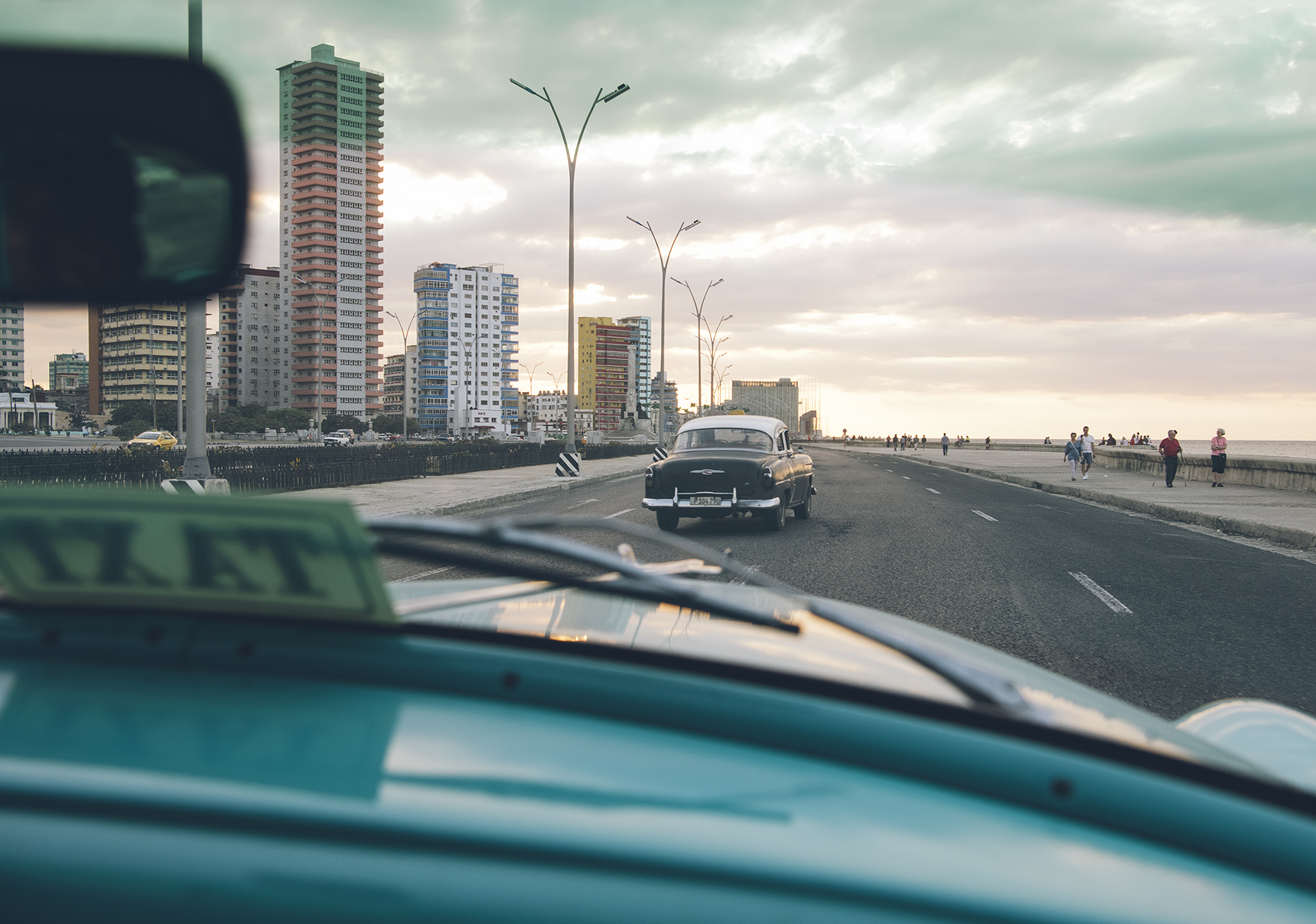
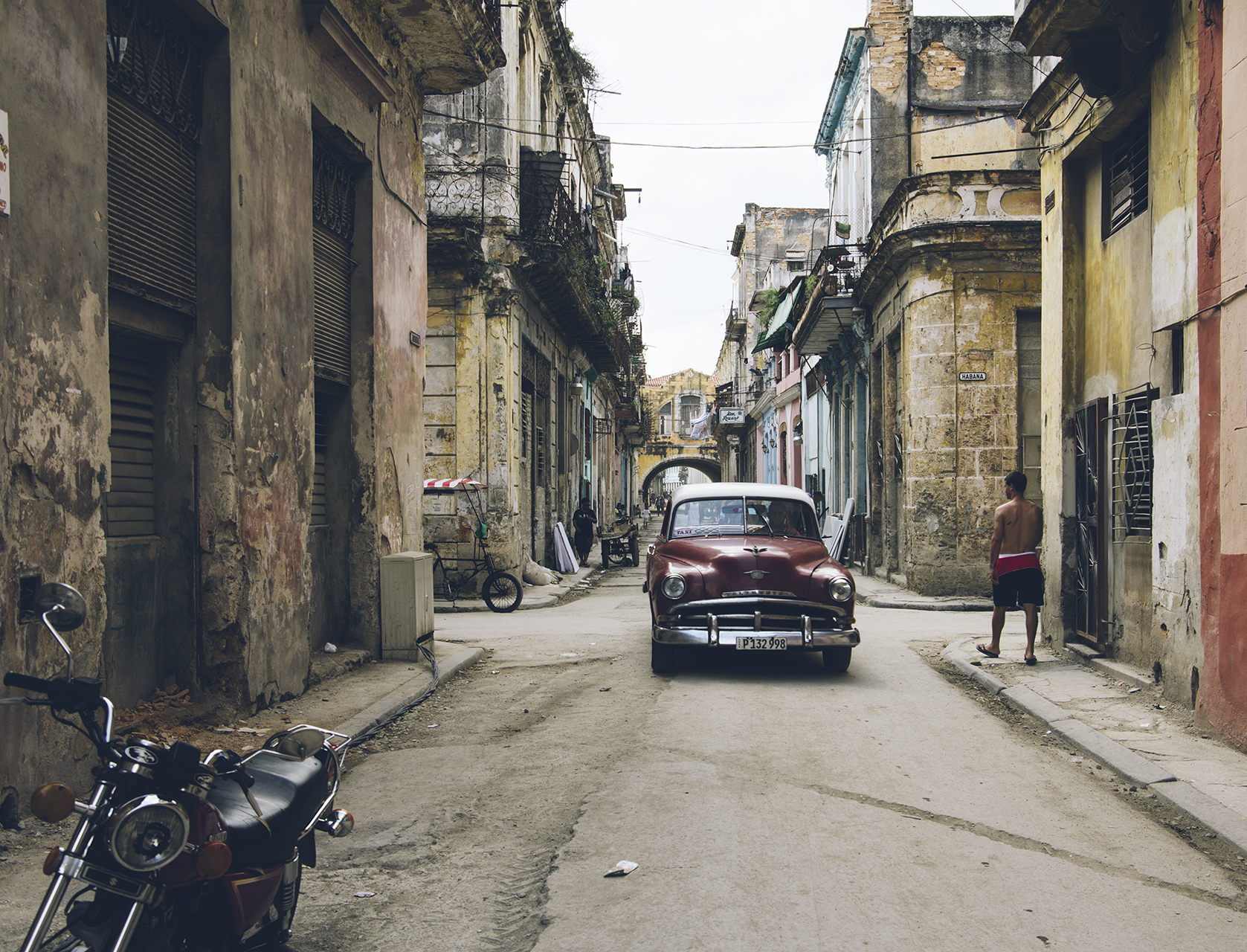

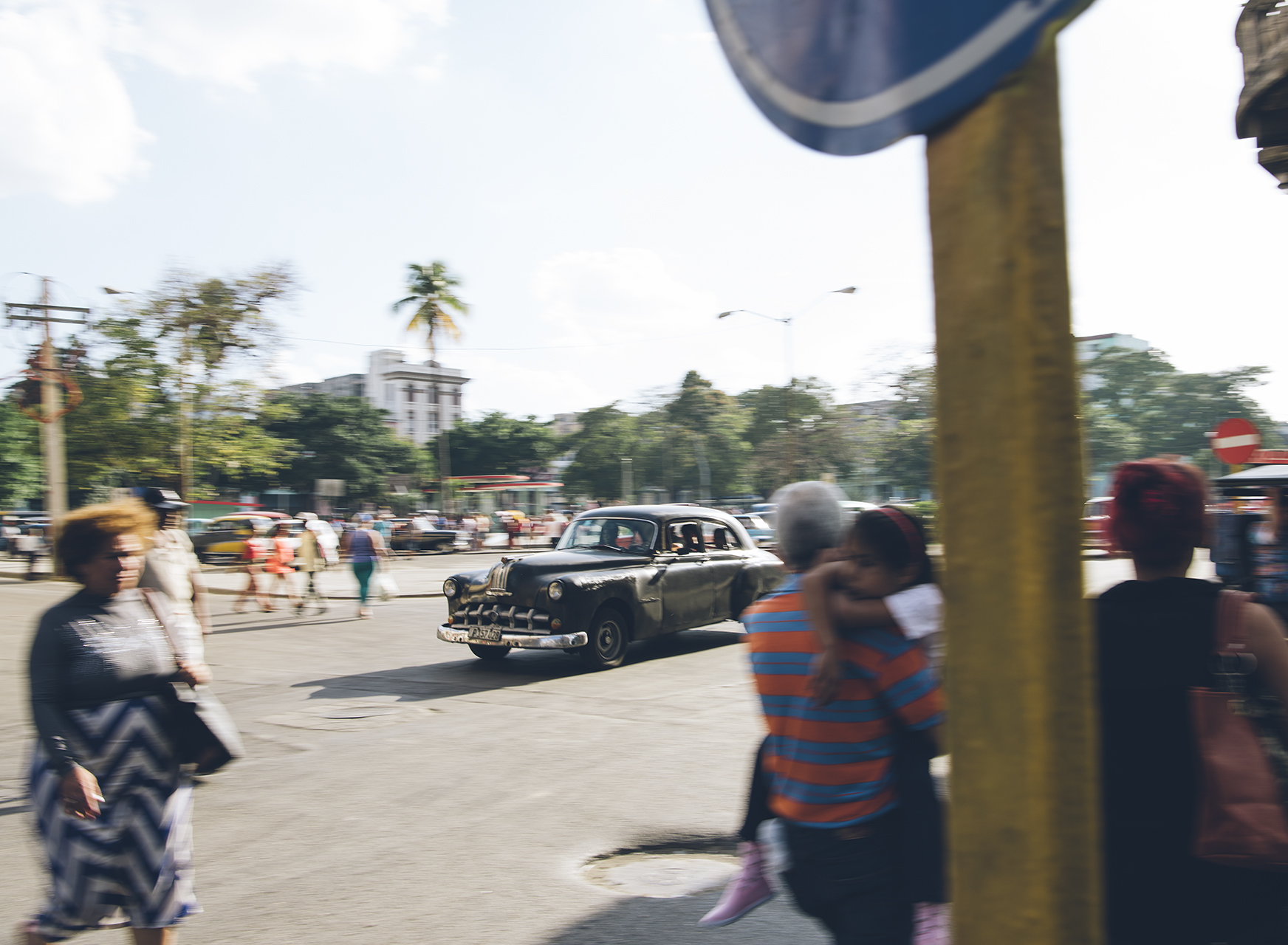

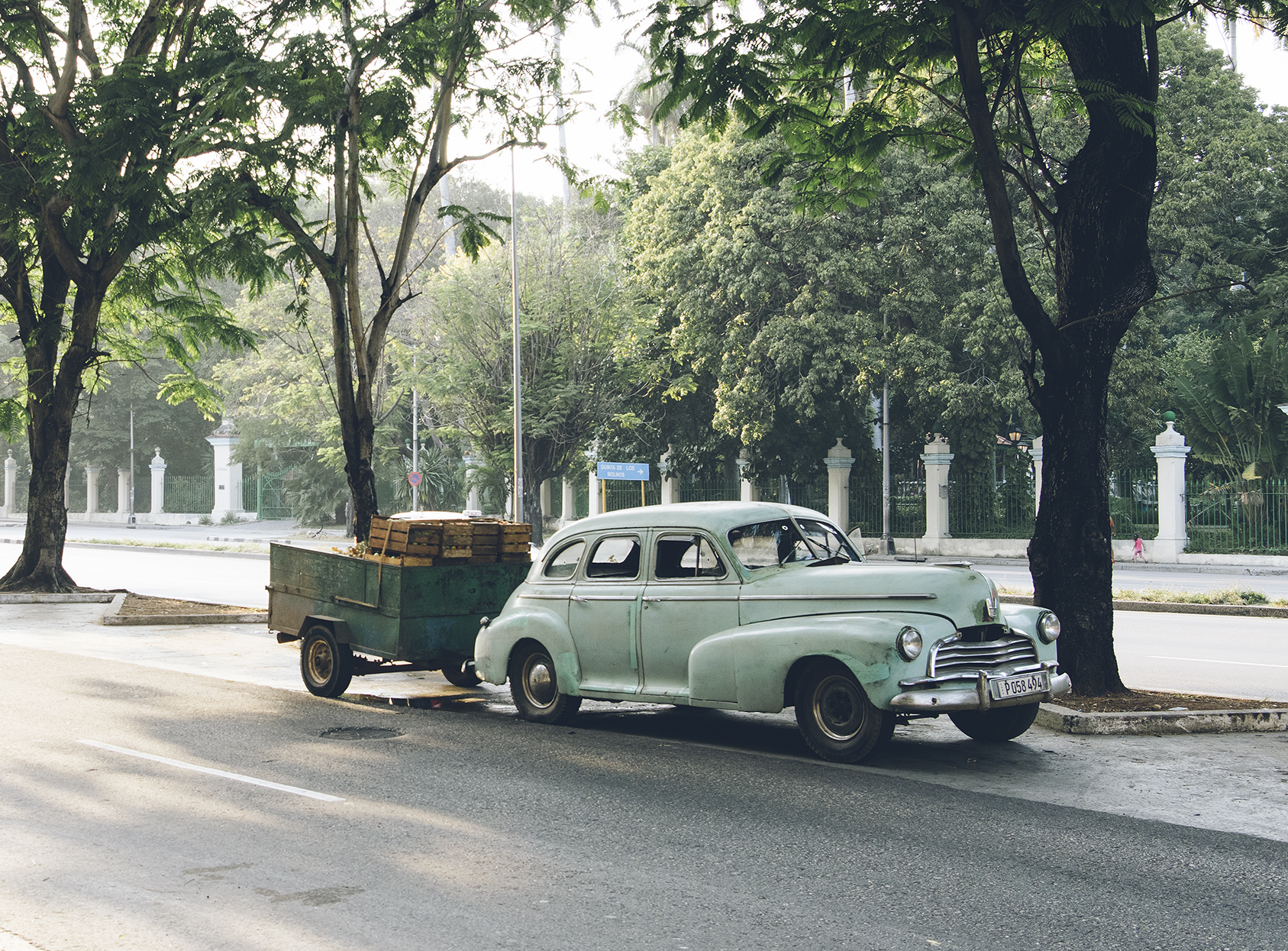
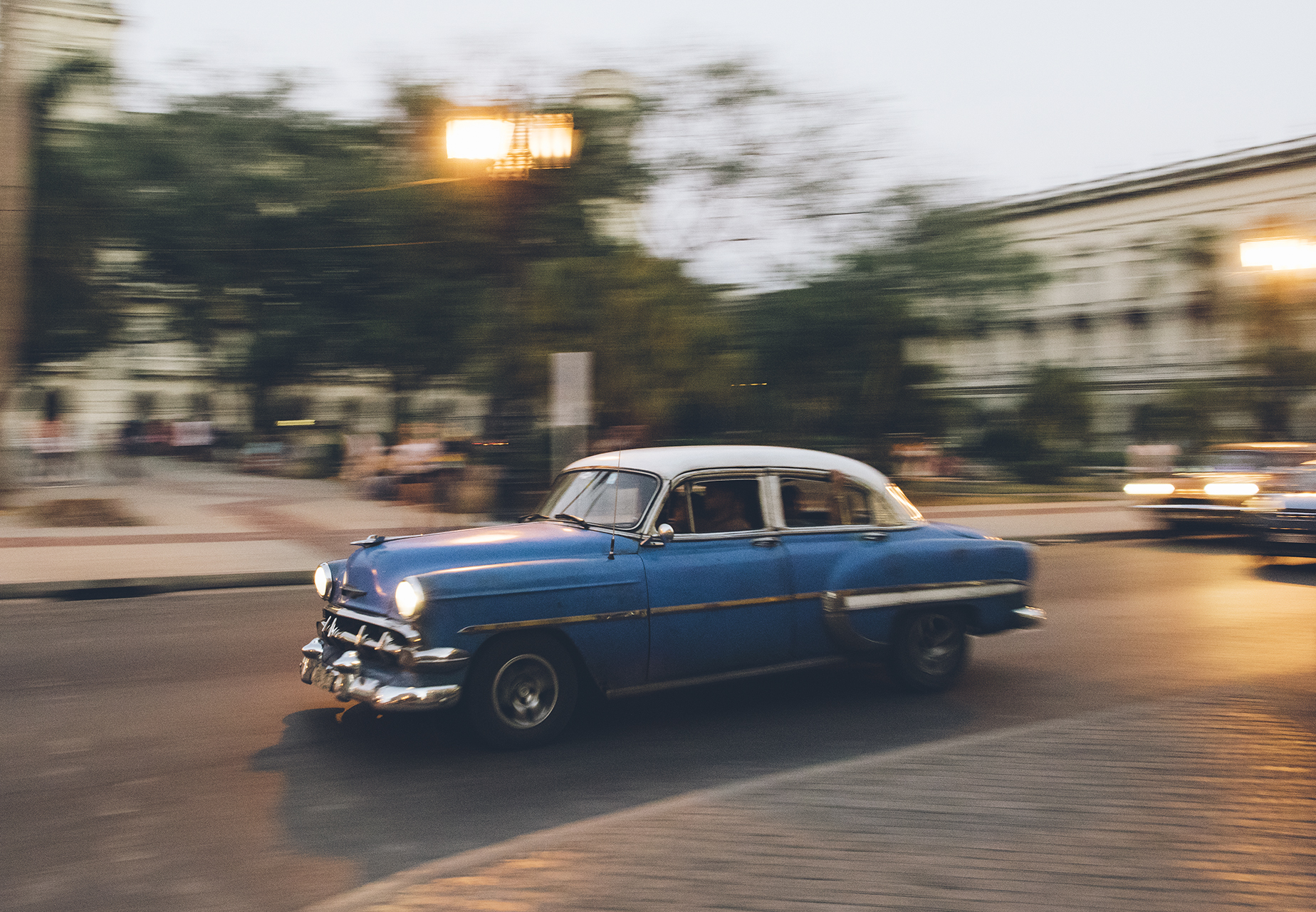

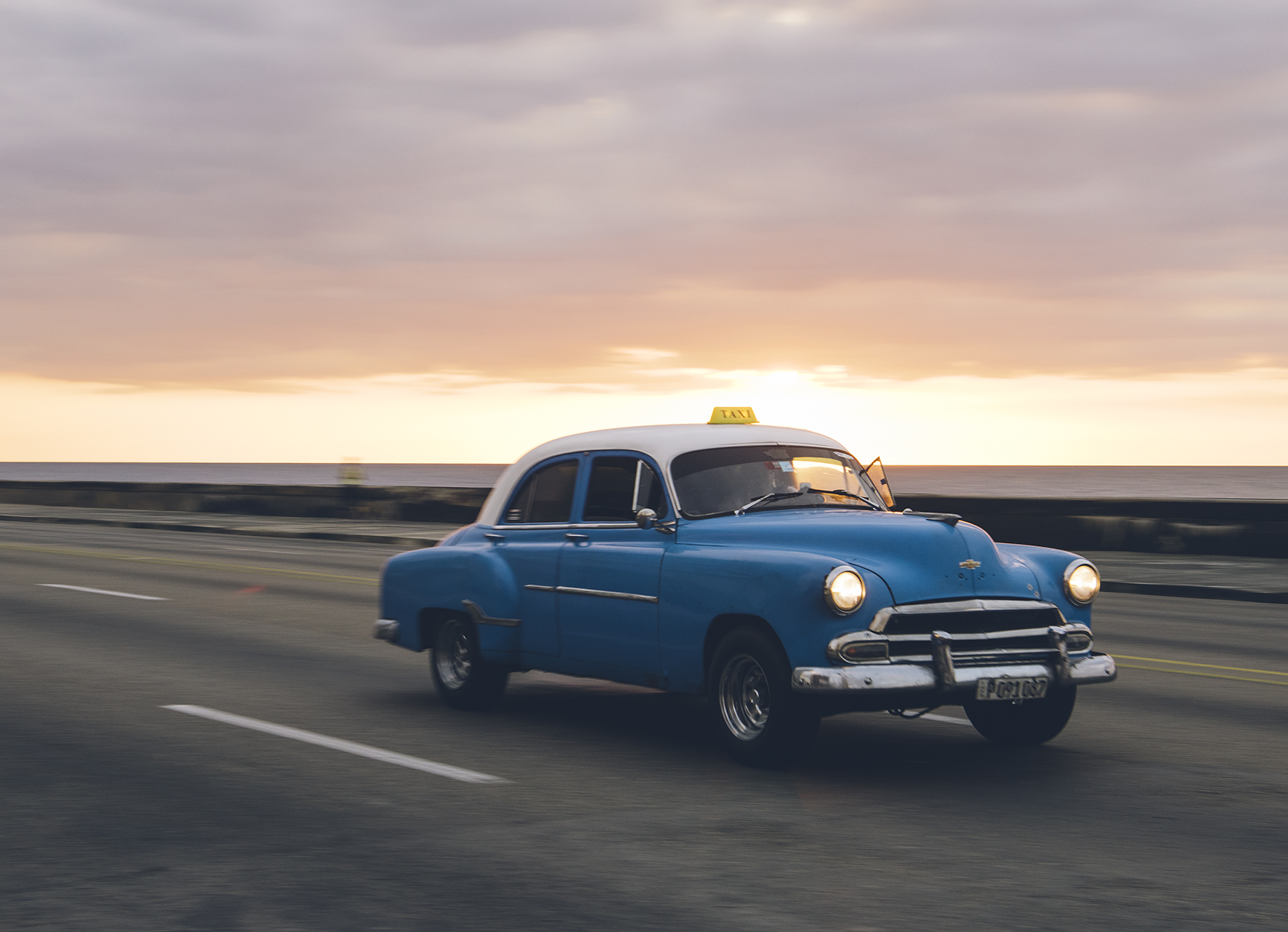
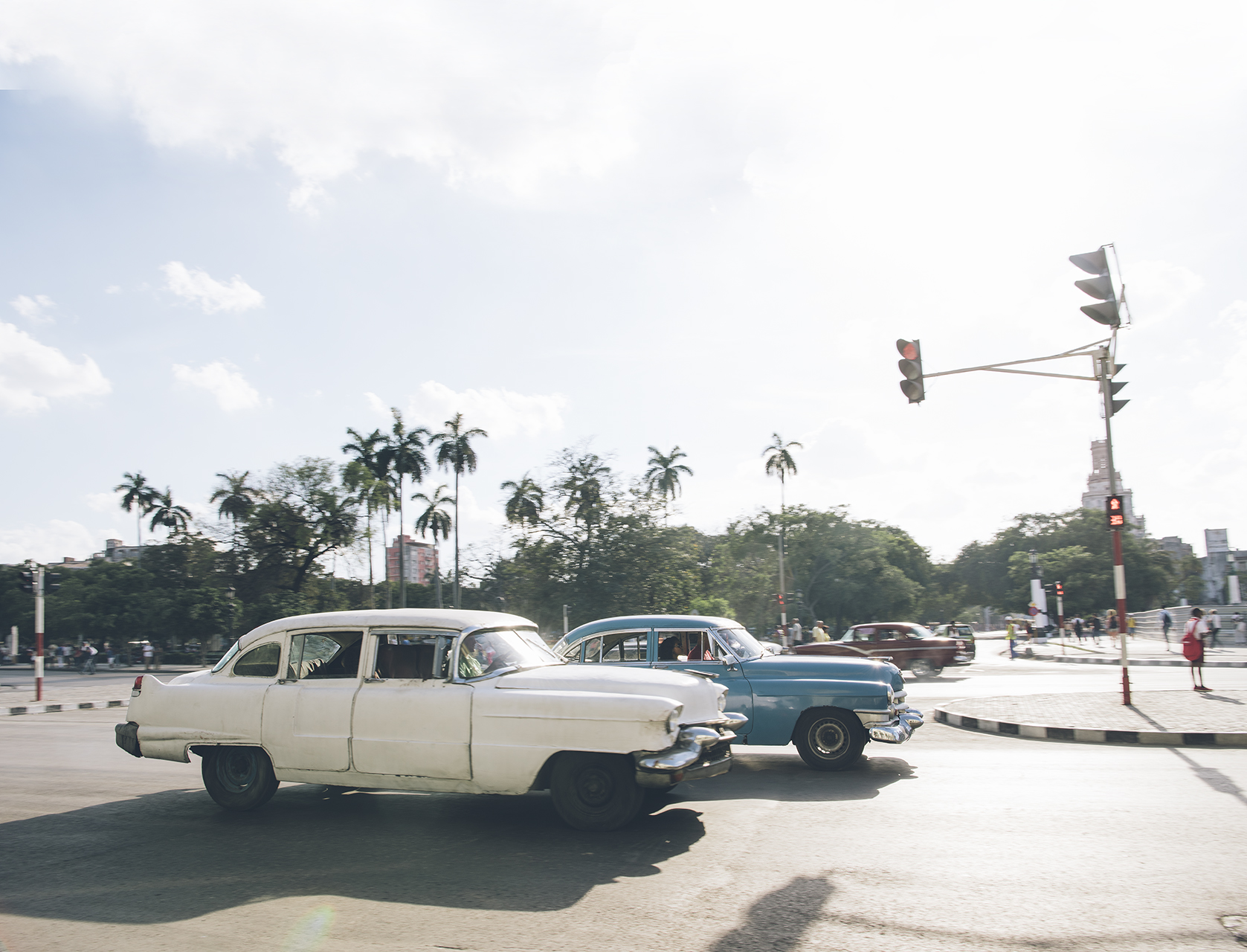
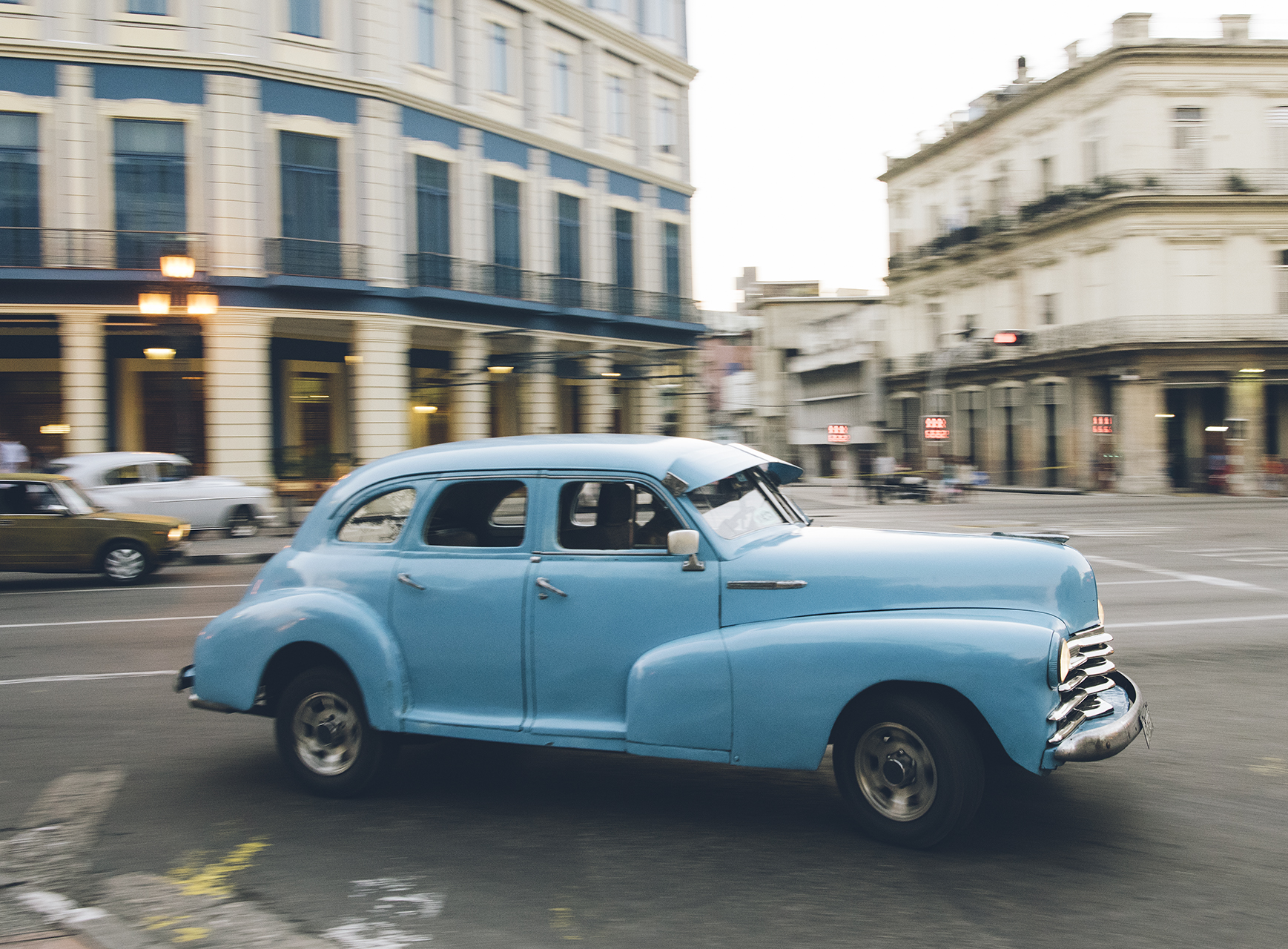
Text: Steve Kowalski • Photos: Saroyan Humphrey
Spotlight | Stand on the corner of any street in Havana, Cuba, for less than five minutes and you’ll witness an array of pre-1961 American automobiles. For the visitor with an appreciation for mid-twentieth-century, four-wheeled transportation, it’s an amazing flashback. Some are nicely restored with fresh paint and mostly original parts, others barely hanging on, smoking, chugging, held together with chicken wire and a prayer. But most are somewhere in between; still running with improvised replacement parts, including the engine often replaced with an older Hyundai, SsangYong, or Peugeot diesel engine. While some of the more refined machines are used as private taxis for tourists, most are used as a collective, where locals can ride together on established routes for a much lower fee.
The cars, marvels of ingenuity, are an iconic part of the Cuban landscape and a source of pride and tradition for native families. Owners have been mending and rebuilding these cars for over 50 years.
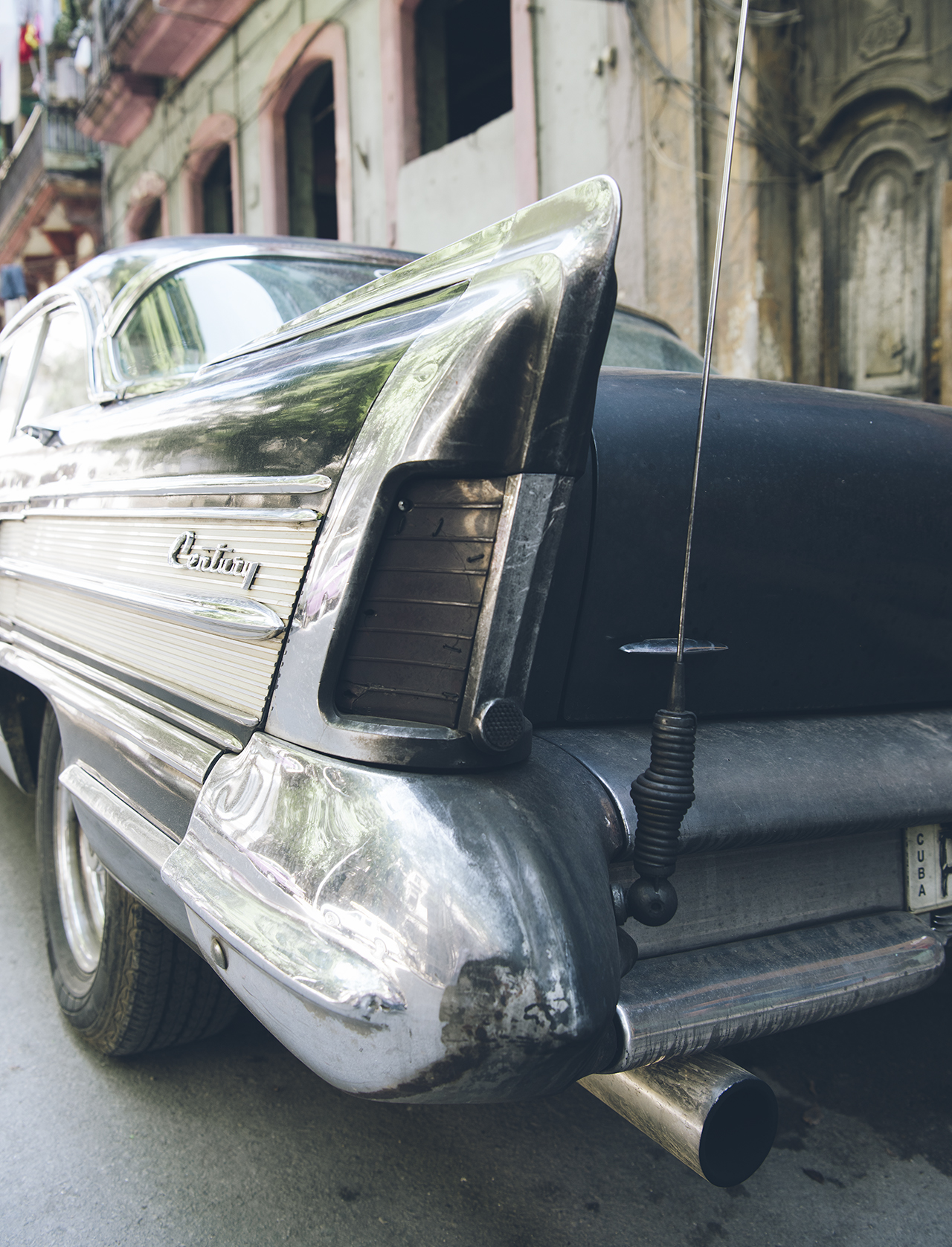


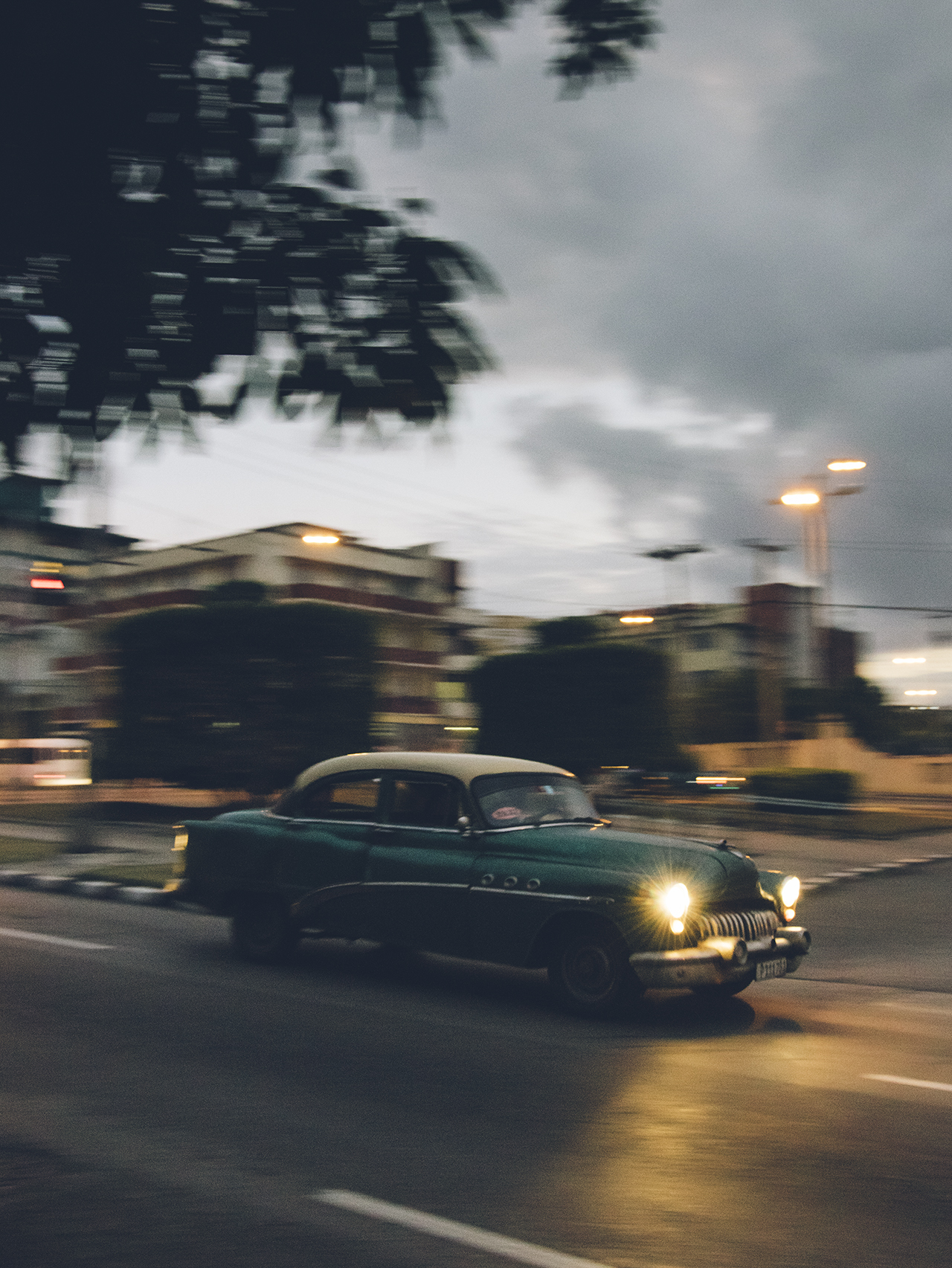
“This car has been part of my family for four generations.”
“This car has been part of my family for four generations,” says one driver proudly of his Cuba-blue 1953 Ford. “You have to replace the engines with diesel. It’s the only way to keep them running and in Cuba, diesel costs about half as petrol. You see so many Fords, and Chevrolets because the parts don’t cost as much.”
In the 1950s, under dictator Fulgencio Batista, Cuba was a vacation paradise for America and the mob and lots of cars were imported from the U.S. After Fidel Castro’s revolution, and subsequent U.S. embargo banned export of all U.S. goods in 1961, the cars remain in a time capsule, of sorts. But these cars are unique, each one with a storied mechanical history, some having morphed into its own unique machine. Regularly, needed car parts are imported via family and friends while traveling from the U.S. and installed by resourceful mechanics scattered around the island nation.
